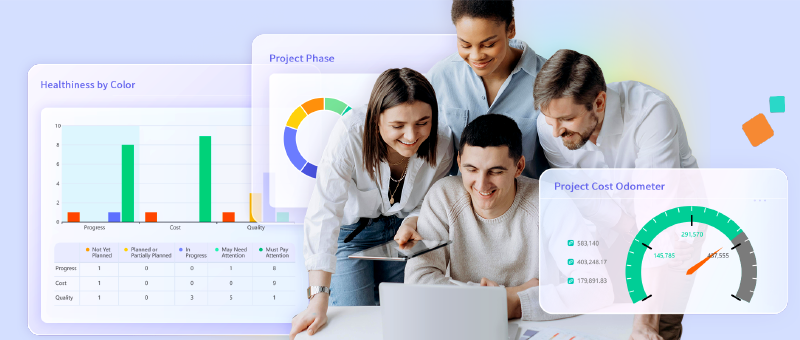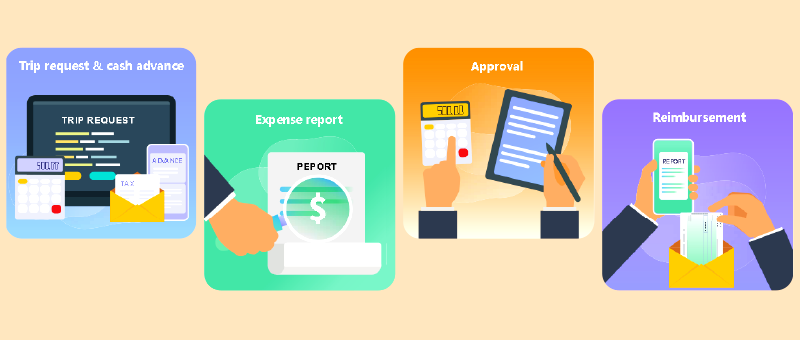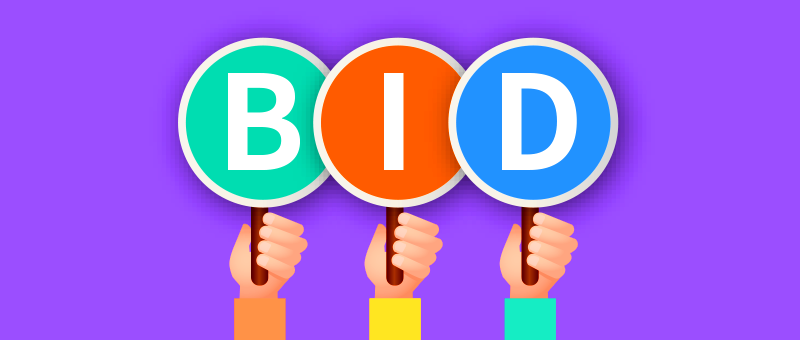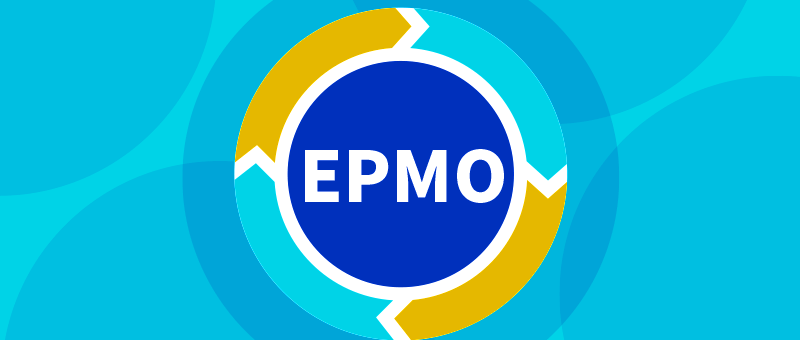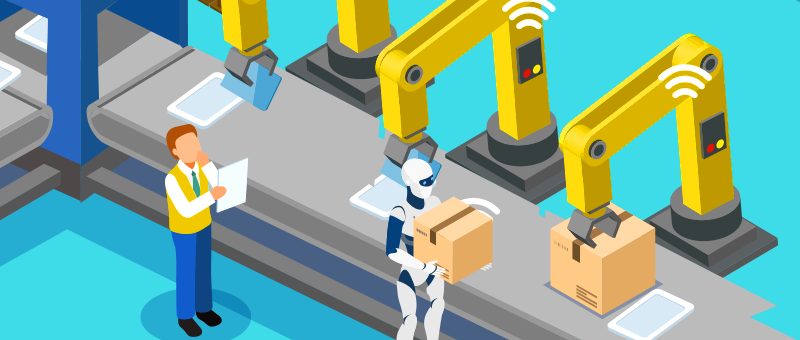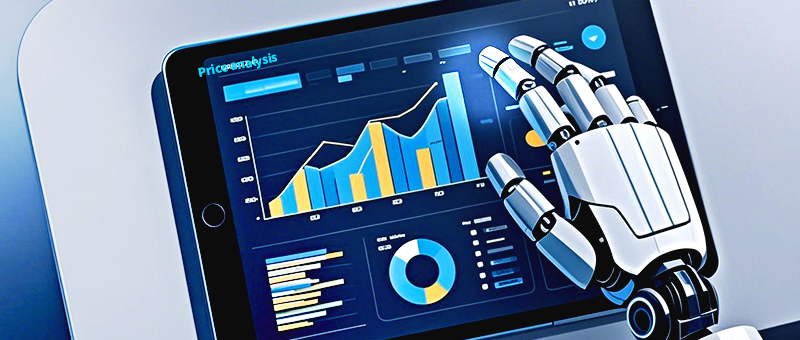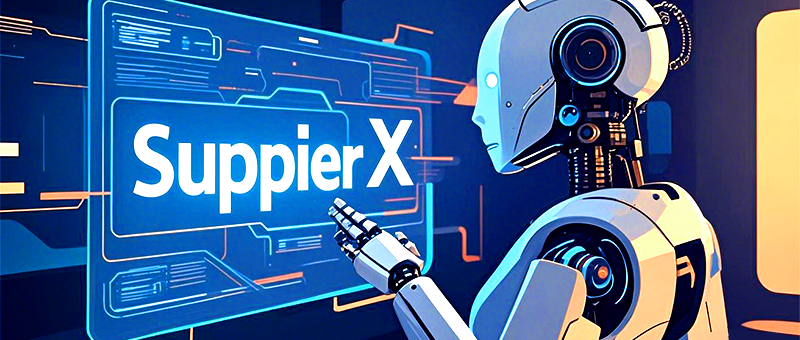Special News
What is e-Auction in Procurement?
2024-11-01
e-Auction refers to the process in which an enterprise selects the optimal supply solution through the price competition of multiple suppliers during the procurement process. It is one of the important strategies for modern enterprises to optimize costs and improve procurement efficiency. In the current highly competitive market environment, the role of e-Auction is becoming increasingly important. It can not only help enterprises save procurement costs but also enhance the flexibility and reliability of the supply chain. The following will introduce in detail the definition, process, advantages and functions of e-Auction and provide practical suggestions for enterprises when implementing e-Auction.
1. The Definition of e-Auction
e-Auction is a method in which an enterprise invites multiple suppliers to compete for an order by quoting prices in order to obtain products or services with the best cost-performance ratio. It is not only about obtaining the lowest price but also about comprehensively evaluating multiple factors such as the price, delivery cycle, service quality and reputation of suppliers to ensure that the purchased products or services can meet the actual needs of the enterprise. e-Auction is widely used in industries with relatively standardized procurement requirements for raw materials, parts, and services to achieve the optimal choice in a fair and transparent environment.

2. The Process of e-Auction
(1) Demand Analysis and Bidding Invitation
Before conducting e-Auction, an enterprise needs to clarify its procurement requirements, including product specifications, quality requirements, delivery time, budget, etc. The procurement department will formulate a bidding plan according to this information and invite eligible suppliers to participate in the bidding. The preparatory work in this step directly affects the smooth progress of subsequent bidding and the quality of the bidding results.(2) Supplier Bidding and Preliminary Screening
The invited suppliers will submit detailed quotation schemes and technical parameters according to the enterprises procurement requirements. At this stage, the suppliers will provide competitive prices according to the enterprises needs, and the enterprise needs to comprehensively consider factors such as the qualifications, technical capabilities and historical reputation of each supplier for preliminary screening.(3) Review and Price Comparison
During the review stage, the procurement department will conduct a comprehensive assessment of the suppliers quotations, including the rationality of the price, product quality, service guarantee, etc. By comparing the advantages and disadvantages of different suppliers, the enterprise can initially determine the appropriate suppliers. At this time, negotiations on the quotation are usually carried out to obtain more attractive conditions.(4) Determination of the Winning Supplier and Signing of the Contract
Finally, the enterprise determines the winning supplier according to the comprehensive assessment results and signs a procurement contract with it, clearly defining the supply quantity, price, payment method and other terms. After signing the contract, the cooperation between the two parties officially enters the execution stage, and the supplier begins to provide products or services according to the contract requirements.3. The Advantages of e-Auction
(1) Reducing Procurement Costs
e-Auction can stimulate the competitive consciousness of suppliers, making them make concessions on price as much as possible to strive for orders. Therefore, enterprises usually can obtain the required products or service with a lower price, thus effectively reducing procurement costs.(2) Improving Supplier Service Quality
Through bidding, an enterprise can choose a better-quality supplier, thus ensuring the product quality and service level of the procurement. Suppliers usually pay attention to the reliability and timeliness of service during the bidding process to enhance their competitiveness. An enterprise can not only obtain a more cost-effective procurement but also enjoy better service.(3) Enhancing the Flexibility of the Supply Chain
e-Auction enables an enterprise to choose suppliers within a larger range and flexibly adjust the supplier combination according to different needs. This can avoid the risks brought by long-term dependence on a single supplier and enhance the flexibility of the supply chain and the ability to respond to market changes.(4) Increasing the Transparency of the Procurement Process
During the bidding process, the transactions between an enterprise and suppliers are more transparent, which can avoid problems such as black box operations in traditional procurement and enhance the fairness and credibility of the procurement process. This transparent process also has a positive impact on the enterprises image and brand and helps to improve its industry status.4. How to Effectively Implement e-Auction
(1) Formulating Reasonable Bidding Standards
Reasonable bidding standards include aspects such as price, quality, delivery cycle, etc., ensuring that the selected suppliers not only have a reasonable price but also have sufficient supply capacity and quality assurance. Reasonable bidding standards can improve procurement efficiency and reduce the risks caused by subsequent supply quality or delivery delay.(2) Maintaining Good Supplier Relationships
Although bidding emphasizes price competition, the role of suppliers with long-term cooperation relationships in bidding cannot be ignored. An enterprise should maintain good cooperation with excellent suppliers, and through regular communication and feedback, continuously optimize the cooperation efficiency between each other, making the procurement process more smooth.(3) Selecting a Suitable e-Auction System
Selecting a professional e-Auction system can improve the efficiency and transparency of procurement, such as 8Manage , SAP, etc. Professional platforms can help enterprises view the bidding process in real time and quickly obtain suppliers quotations, ensuring the efficiency and accuracy of the bidding process.(4) Regularly Evaluating the Effect of e-Auction
After implementing e-Auction for a period of time, an enterprise should evaluate the effect, including aspects such as cost savings, quality improvement, supplier cooperation satisfaction, etc. By summarizing experience, an enterprise can further optimize the bidding strategy and process, thus obtaining better results in future e-Auction.5. The Common Modes of e-Auction
(1) Open Bidding
Open bidding refers to opening bidding information to all suppliers, and any supplier that meets the requirements can participate. This mode is suitable for procurement projects with large demand and standardized specifications, which can expand the competition range but also increase the screening difficulty.(2) Invited Bidding
Invited Bidding refers to an enterprise only sending bidding invitations to specific suppliers that meet certain conditions. These suppliers often have strong industry strength or long-term cooperation relationships. The process of invited bidding is relatively efficient and is suitable for projects with high requirements for supplier quality.(3) Electronic Reverse Bidding
Electronic Reverse Bidding refers to an enterprise conducting bidding on an electronic procurement platform, and suppliers strive for orders by decreasing their quotations. This mode is often used for standardized procurement projects because of its real-time and transparent quotation mechanism. Through reverse bidding, an enterprise can obtain a lower quotation in a short time.6. The Potential Risks of e-Auction
(1) Suppliers Low-Price Bidding
Some suppliers may suppress their quotations to strive for orders, but in actual implementation, they may not be able to provide products or services that meet the quality standards due to cost problems. Therefore, an enterprise should be vigilant against the low-price risk during the bidding process and choose suppliers with superior comprehensive conditions.(2) Complexity of the Bidding Process
Especially for large enterprises, the bidding process involves multiple-party review and comparison, and the process is rather cumbersome, requiring more manpower and time costs. In order to improve efficiency, an enterprise can choose a professional bidding procurement management software like 8Manage SRM to simplify the operation and improve the decision-making speed.(3) Instability of Long-Term Supply Relationships
Frequent bidding may cause suppliers to lose their enthusiasm due to profit compression, affecting the service quality or cooperation stability of suppliers. An enterprise should pay attention to the interests of long-term cooperation suppliers when implementing bidding and ensure relationship stability through reasonable profit-sharing measures.(4) Quality Problems Caused by Dependence on a Single Low Price
If an enterprise blindly pursues a low price and ignores the quality and service capabilities of suppliers, there may be quality problems in future supply. Therefore, when conducting e-Auction, an enterprise should balance price and quality and avoid long-term cost increases caused by low-price procurement.e-Auction, as an important means of modern enterprise procurement, can not only help enterprises save costs but also promote suppliers to improve service quality and optimize the supply chain structure. However, when implementing e-Auction, an enterprise needs to balance price, quality and long-term cooperation relationships to ensure the stability and continuous improvement of the bidding effect. Through scientific and reasonable bidding strategies, an enterprise can gain greater advantages in the fierce market competition.
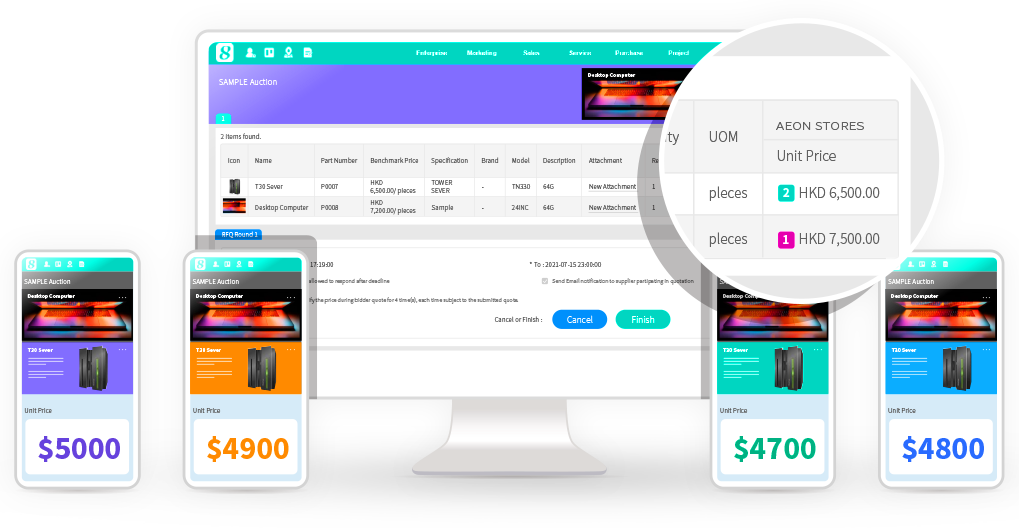
Related Questions FAQs
Q1: What is the difference between e-Auction and tendering?
The main differences between e-Auction and tendering lie in the form and process. e-Auction usually applies to relatively standardized small procurement projects. Through the price competition among multiple suppliers, the lowest price or the optimal conditions are quickly obtained. Tendering generally applies to procurement of large amounts and complex projects. Suppliers need to submit detailed tender documents, and the review procedure is more complex, usually involving multiple review committee members to ensure the rigor and openness of the process.Q2: Is competitive bidding suitable for all procurements?
Not all procurements are suitable for competitive bidding. For projects with small demand, special product quality requirements or a limited number of suppliers, the competitive bidding method may not be suitable. An enterprise can consider using long-term supplier agreements or single-source procurement to ensure the stability of procurement and supply quality. In addition, competitive bidding is suitable for standardized, batch-type procurement needs, while personalized procurement needs are not suitable for achieving through competitive bidding.Q3: Does e-Auction affect supplier relationships?
Frequent bidding may cause suppliers to reduce service quality due to price pressure and even affect long-term cooperation relationships. An enterprise should reasonably control the bidding frequency, give suppliers a reasonable profit space on the basis of ensuring quality. At the same as, an enterprise can optimize payment conditions or long-term contracts to protect the interests of high-quality suppliers and maintain the stability of the cooperation relationship.
Most popular

How IPD drives product R&D toward commercial success

Top procurement management systems to elevate your business in 2025

Are your project managers ready for AI?
Related articles
Top 5 procurement management software tools to boost business efficiency
2025-04-11
Which procuarement management software is best? A review of 10 leading options
2025-04-03
SRM procurement systems: Boost efficiency, competitiveness with 6 top tools
2025-03-24
How to choose the best procurement management software for your business?
2025-03-07
Top 5 procurement and tender management systems in 2025: Rankings and reviews
2025-03-05
Previous Article >
What is Manufacturing Project Management?
What is Manufacturing Project Management?























